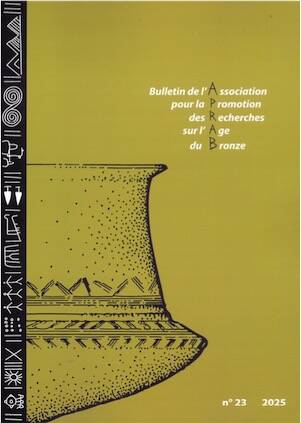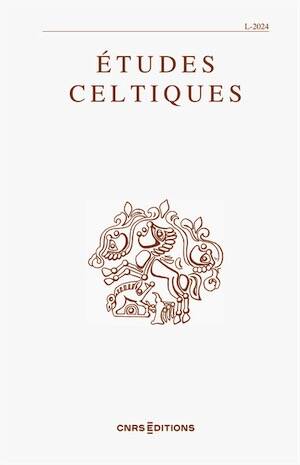- Search
- Advanced search
Flintdolche Norddeutschlands in ihrem grabrituellen Umfeld, 2002, 321 p. -
In the Bronze Age burial mounds and tombs of northern Germany and Scandinavia flint knives were as significant as their bronze counterparts. This thesis examines the distribution of burials and gravegood assemblages across this area in order to identify different types of knives and to interpret their role within funerary rituals. Siemann examines developments in flint knives during the late Neolithic, the Chalcolithic and Bronze Ages before discussing the other goods that are found with them, such as bronze weapons and jewellery, beads, ceramics and environmental remains. Siemann also considers the instances in which a flint knife was of more use than a metal knife and, in more general terms, the symbolic significance of the knife, whatever it was made of, during the Bronze Age.
Référence : 27615.
German
99,50 €
In the same Epoch




